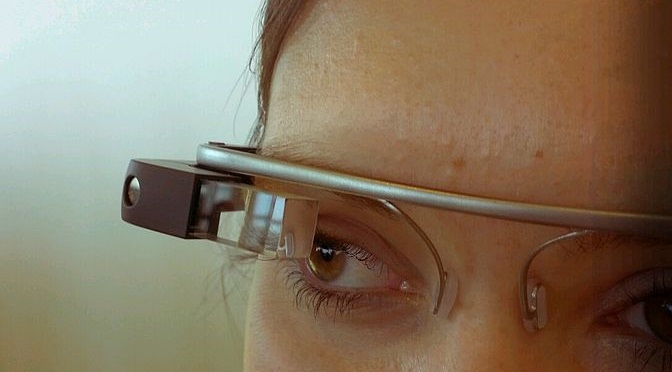
The 2014 loss of Malaysia Airlines Flight 370 revived a perennial argument among airline safety wonks: In the age of satellites, big data and cloud storage, why do we lock away essential flight data on a box that can go down with the plane? It wasn’t simply a question of losing the device, as nearly happened with the Air France Flight 447 crash five years earlier; it was the risk that, when we finally found it, the data we needed to understand the calamity might already have been erased.
Does the black box need a 21st-century update? And, if so, is cloud storage practical, affordable, reliable and secure enough to supplement or replace the status quo? In other words…





